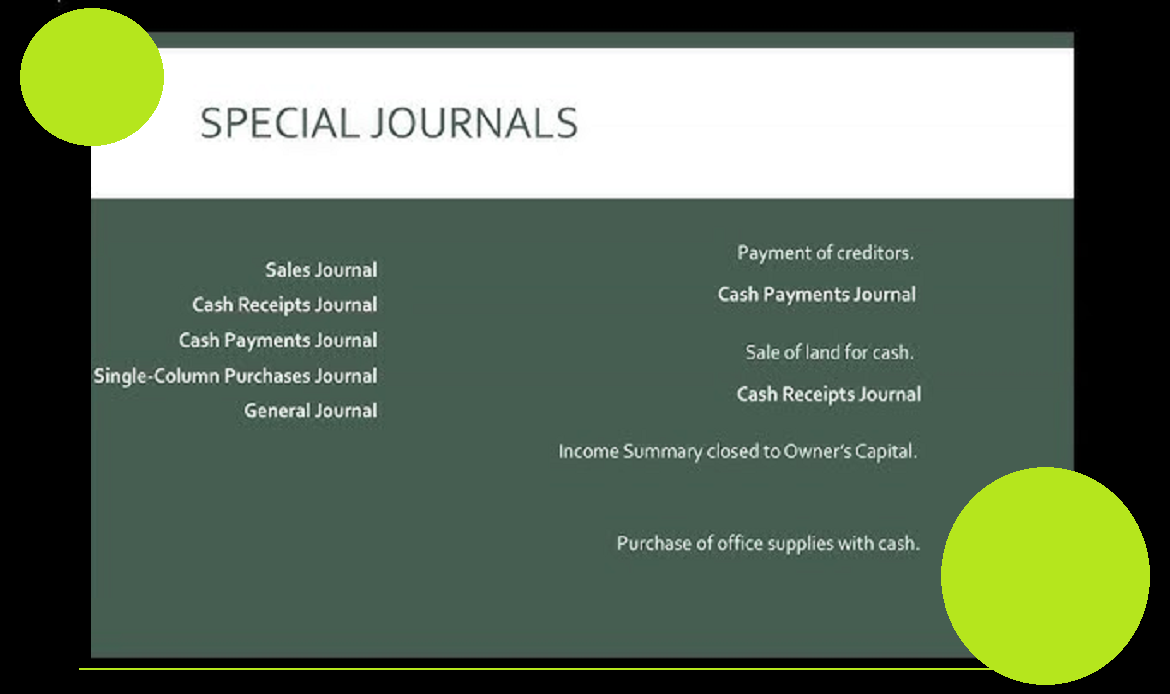Money that is owned to an entity by its customers for economic resources (goods/ services) that have been sold and delivered on credit (on open account). Payment for these resources have still to be made in the future. In accounting, receivables are a current asset account that records all the amounts that are expected to be converted to cash in a fiscal year or less.
An entity’s receivables may include both trade and non-trade receivables, with the former being receivables that arise from business-related sales, while the latter including otherwise- i.e., refunds (tax refunds) and insurance receivables. Both trade and non-trade receivables appear on the balance sheet as current assets. In addition to receivables, current assets also consist of items such as cash, cash equivalents, inventory and pre-paid items.
Receivables, also known as accounts receivable, are a key factor in assessing an entity’s liquidity– that is, its ability to meet current obligations without additional sources of income.





